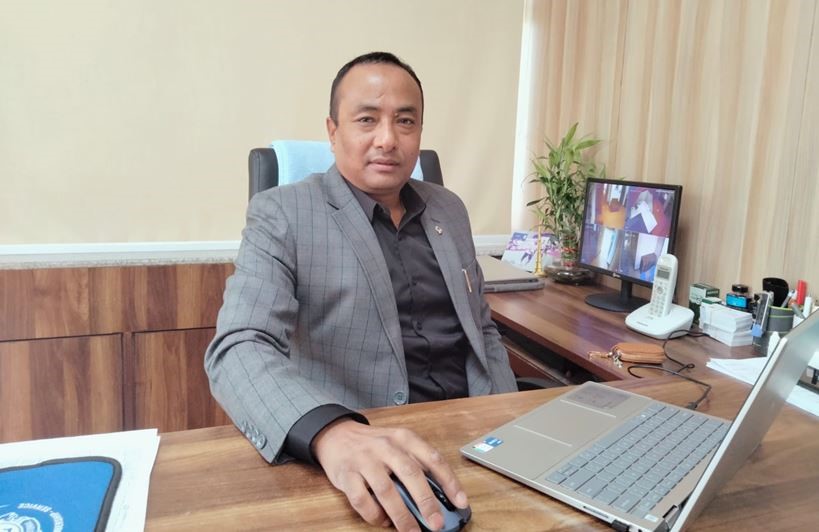Theoretical Debate on Hydropower Insurance Charges: Tariff or Nontariff

It is necessary to understand a little background, (or market rate) before bringing the hydropower insurance to non-tariff Until 4/5 years ago, the Nepal Insurance Authority did not set any fee or it was non-tariff for optional insurances other than hydropower property insurance. But due to the unhealthy competition between the insurance companies, the insurance premiums became very low and the number of days to be covered by the optional insurances (Loss of Profit) was also reduced.
At the same time, the insurance claims of the hydropower industry increased and the claim amount began to increase many times more than the insurance fee. As a result, Out of the reinsurance companies started to out of country from the Nepal. After realizing that the foreign reinsurance companies were withdrawing their hands, the Nepal Insurance Authority, taking into account the current situation regarding the claims that Nepal is facing in hydropower, issued a tariff that cannot go below a certain insurance fee for all insurance articles required for hydropower, so that the foreign reinsurance companies will be attracted to Nepal again.
If it is to be understood in another way, it can be considered that the hydropower industry was rescued by the Nepal Insurance Authority at that time. If this had not been done, it would have been more difficult to insure hydropower today. According to the tariff issued by the authority at present, the premium paid by the hydropower company is as follows.
Insuring a 5 megawatt hydropower plant (which has an estimated cost of 1 billion) costs about 65 lakhs. It can be taken as non-tariff to cover all risks. By doing so, both sides (hydropower and insurance company) have the right to bargain. According to the above table, the hydropower company can negotiate for the purchase of insurance policy for 60 lakhs or less instead of 65 lakhs for the entire risk. The insurance company may also not provide one/two risks mentioned in the table and may also increase or decrease the insurance premium for a certain risk.
The number of days to be covered in case of a loss of profit insurance claim was also mutually agreed upon. It may decrease or increase from the (self-sustaining) days determined by the authority. With non-tariffing, those hydropower plants with a low loss ratio will be more likely to get insurance at a lower premium, while those with a high loss ratio will be forced to pay higher premiums due to less bargaining power with the hydropower plant.

But in the current situation, regardless of the loss ratio, everyone has to pay the same premium. With non-tariff, there will be no problem to insure hydroelectricity and take claims as now, but the insurance fee may decrease/increase according to the category of insurance/reinsurance and the service provided.Shreshtha Awan is the Deputy Chief Executive Officer of Reinsurance Brokers)
